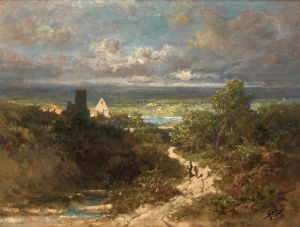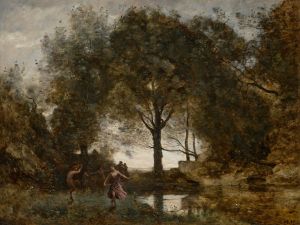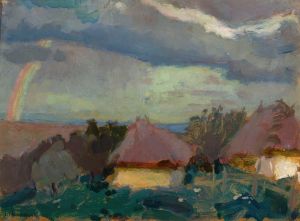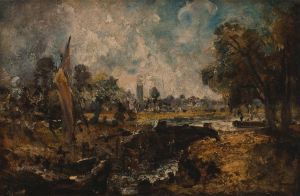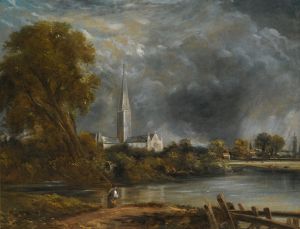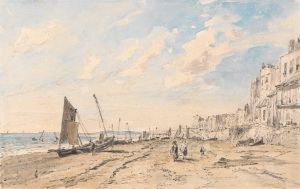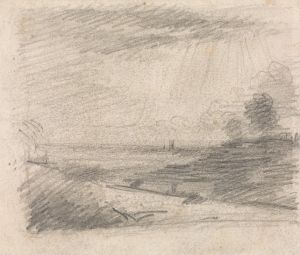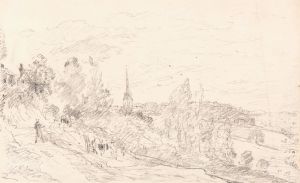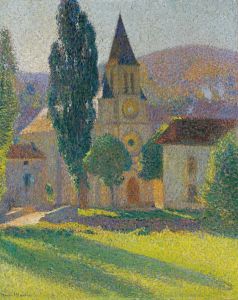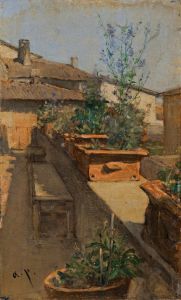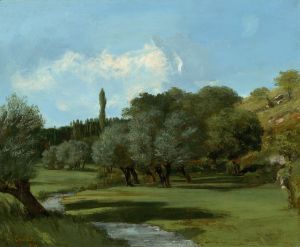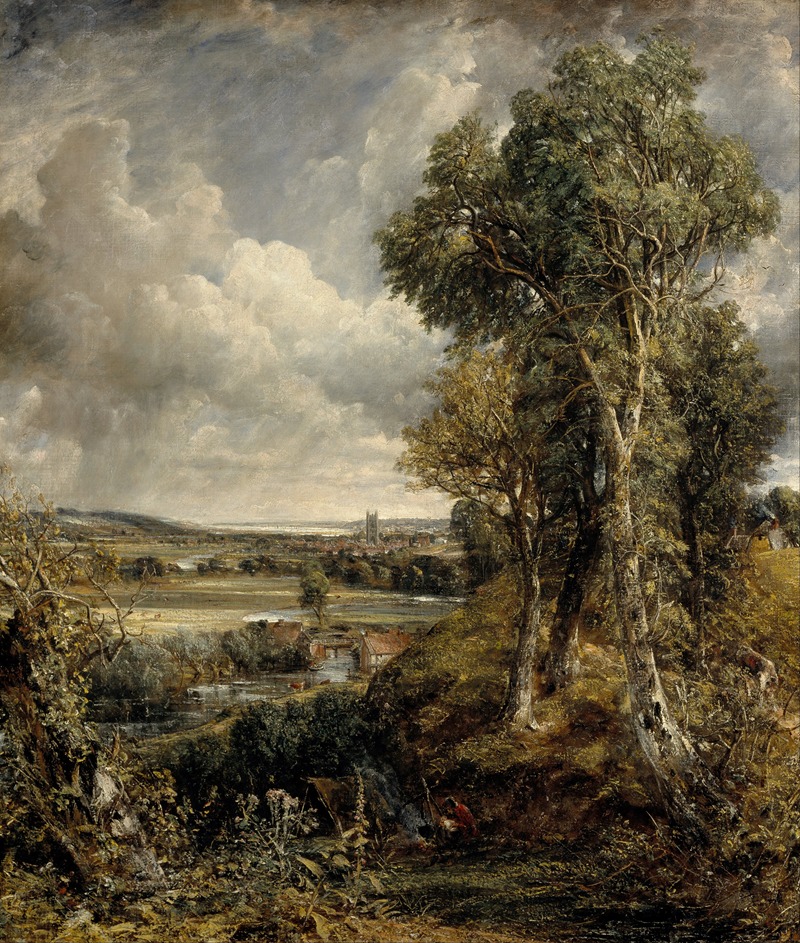
The Vale of Dedham
A hand-painted replica of John Constable’s masterpiece The Vale of Dedham, meticulously crafted by professional artists to capture the true essence of the original. Each piece is created with museum-quality canvas and rare mineral pigments, carefully painted by experienced artists with delicate brushstrokes and rich, layered colors to perfectly recreate the texture of the original artwork. Unlike machine-printed reproductions, this hand-painted version brings the painting to life, infused with the artist’s emotions and skill in every stroke. Whether for personal collection or home decoration, it instantly elevates the artistic atmosphere of any space.
"The Vale of Dedham" is an oil painting created by the renowned English landscape artist John Constable in 1828. Constable is celebrated for his dedication to capturing the natural beauty of the English countryside, and this work is a quintessential example of his artistic style and thematic focus.
The painting depicts the scenic landscape of Dedham Vale, an area that straddles the counties of Essex and Suffolk in England. This region, often referred to as "Constable Country," was a significant source of inspiration for the artist throughout his career. Constable was born in East Bergholt, a village located within Dedham Vale, and his intimate familiarity with the area is evident in the detailed and affectionate portrayal of its landscape.
In "The Vale of Dedham," Constable presents a panoramic view of the lush countryside, characterized by rolling fields, a meandering river, and a distant village. The composition is anchored by the River Stour, which flows gently through the center of the painting, reflecting the sky and surrounding greenery. The village of Dedham is visible in the distance, marked by the prominent tower of St. Mary's Church, a landmark that frequently appears in Constable's works.
Constable's technique in this painting exemplifies his innovative approach to landscape art. He employed a naturalistic style, emphasizing the effects of light and atmosphere to convey the changing moods of the sky and landscape. The artist was known for his use of a palette knife and thick impasto to create texture and depth, techniques that are evident in the richly detailed foliage and cloud formations in "The Vale of Dedham."
The painting is also notable for its vibrant color palette, which captures the varied hues of the English countryside. Constable's use of greens, blues, and earth tones reflects his keen observation of nature and his desire to depict it with authenticity and emotion. The sky, a dominant feature in many of Constable's works, is rendered with dynamic cloud formations that suggest movement and the transient nature of weather.
"The Vale of Dedham" was exhibited at the Royal Academy in 1828, where it was well-received by critics and the public alike. The painting is considered one of Constable's masterpieces and is representative of his mature style, which balanced meticulous detail with a broader, more expressive brushwork.
Today, "The Vale of Dedham" is housed in the National Gallery in Edinburgh, Scotland. It remains a significant work within Constable's oeuvre and continues to be admired for its technical skill and evocative portrayal of the English landscape. The painting not only reflects Constable's personal connection to the countryside but also his broader contribution to the development of landscape painting in the 19th century.





